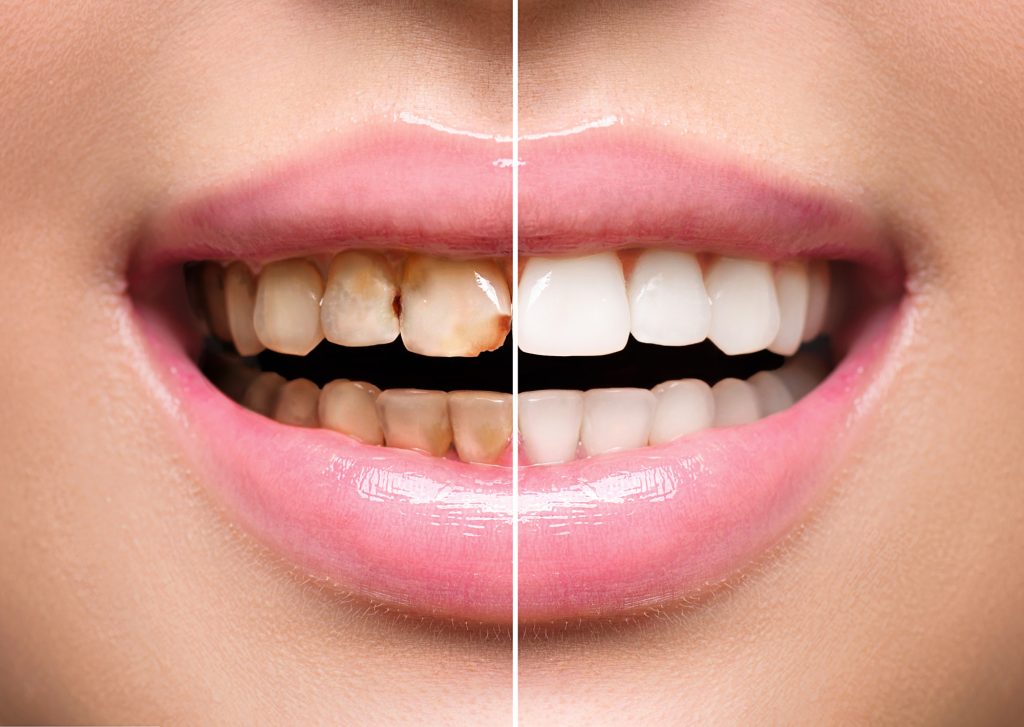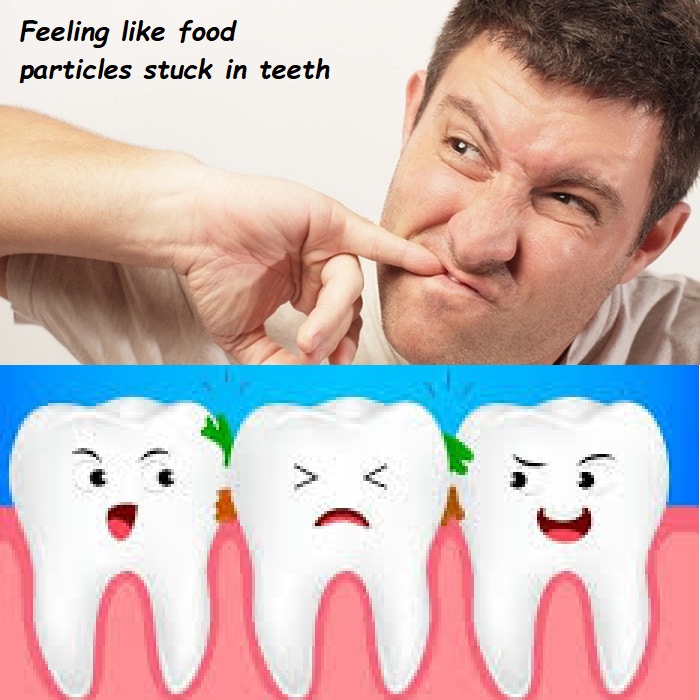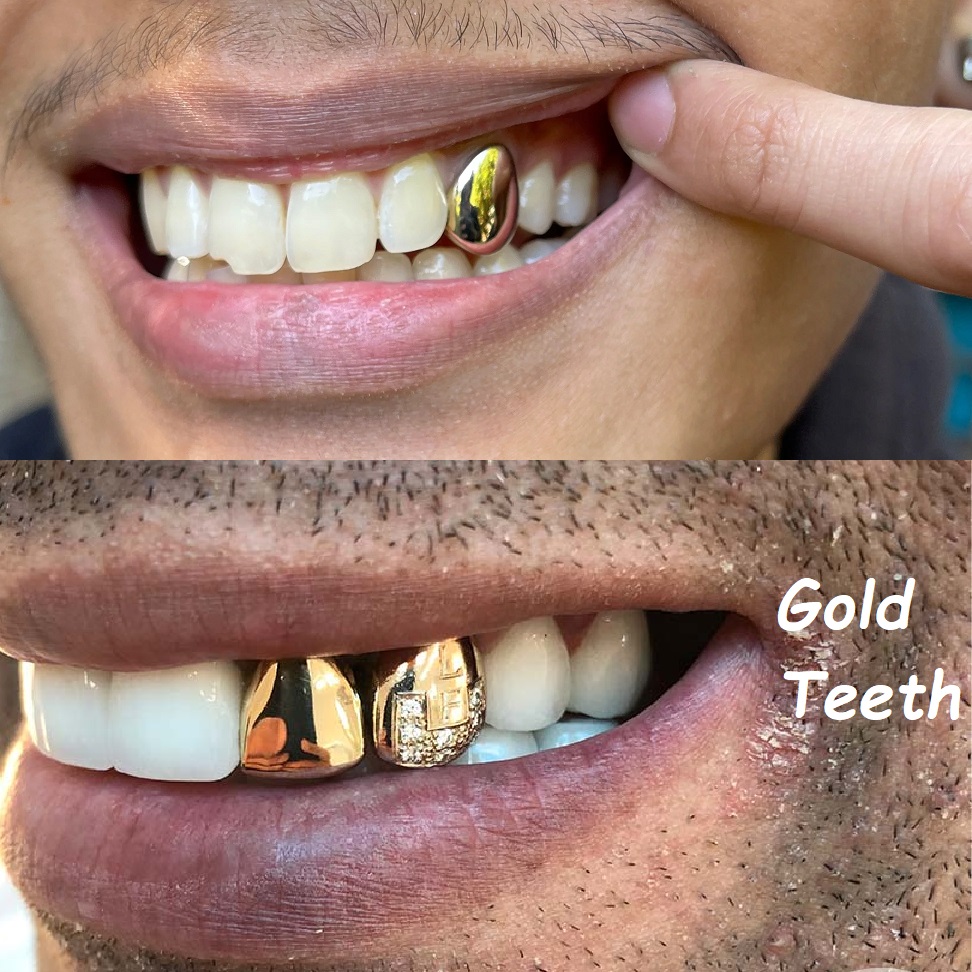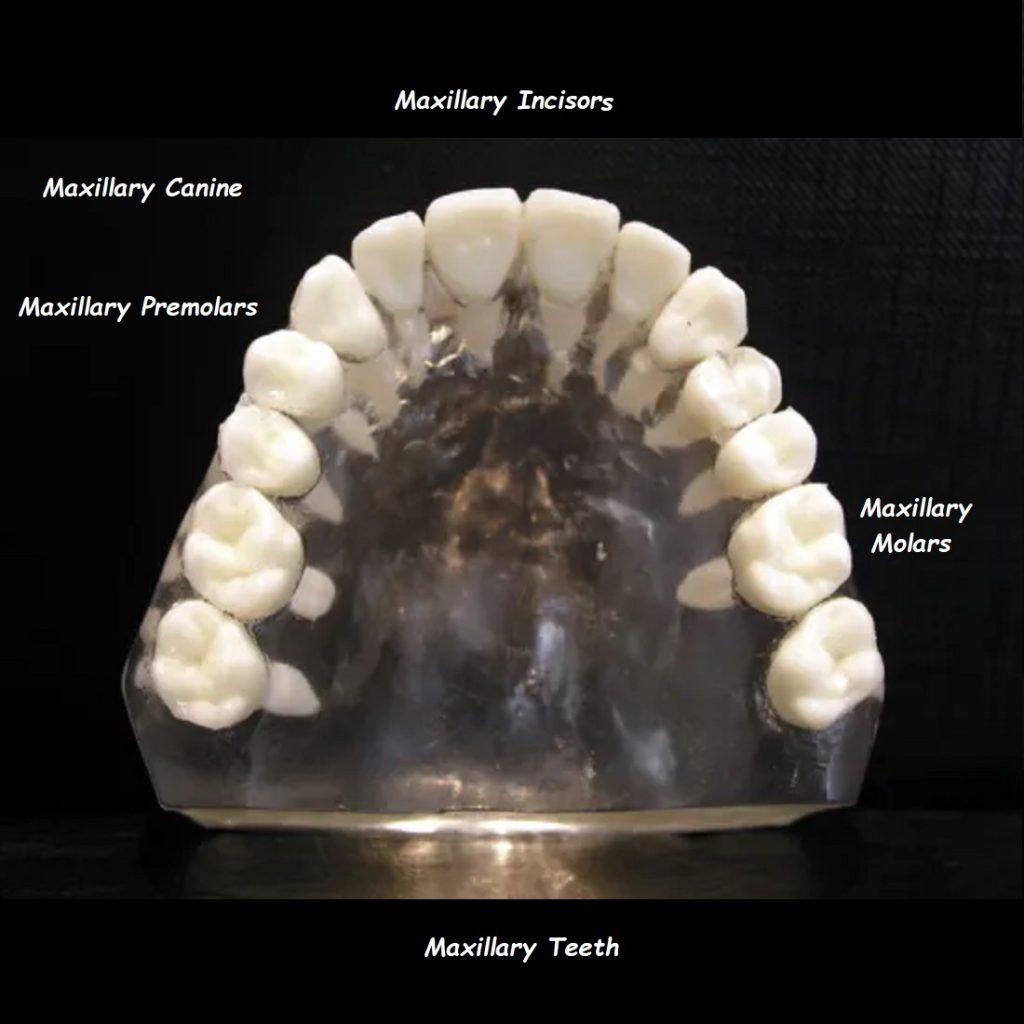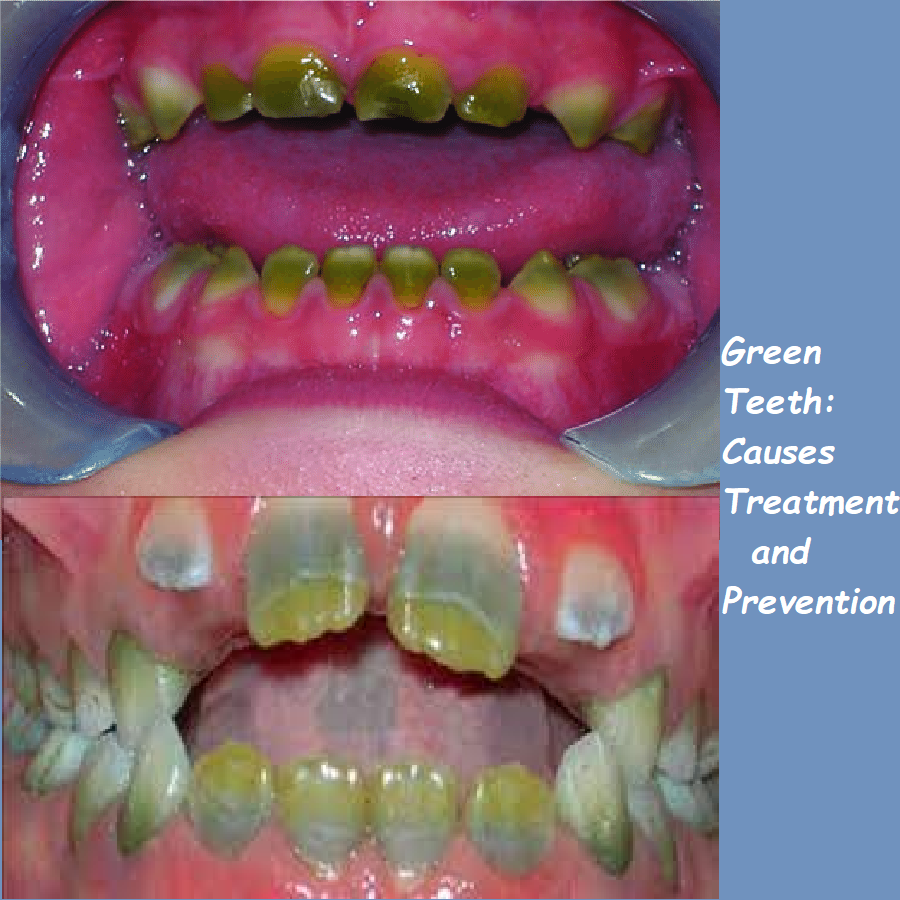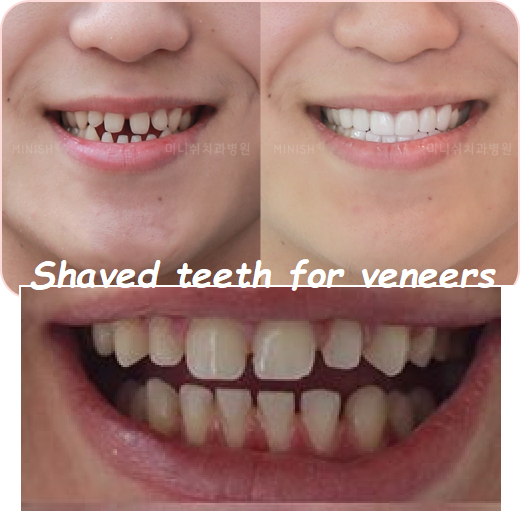tooth surfaces
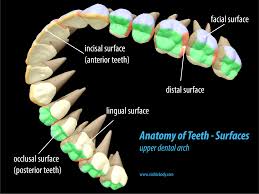
Understanding the different surfaces of teeth is crucial for maintaining optimal oral health and for effective dental treatments. Each tooth has unique surfaces that play specific roles in chewing, biting, and maintaining overall dental health. This comprehensive guide will cover the anatomy, function, common issues, treatments, and care of tooth surfaces, providing valuable insights for maintaining a healthy smile.
Anatomy of Tooth Surfaces
Each tooth in the human mouth has five primary surfaces, each with its own name and function:
- Occlusal Surface: The chewing or biting surface of the premolars and molars.
- Incisal Surface: The biting edge of the anterior teeth (incisors and canines).
- Buccal Surface: The surface facing the cheeks in the posterior teeth.
- Labial Surface: The surface facing the lips in the anterior teeth.
- Lingual Surface: The surface facing the tongue.
- Palatal Surface: The surface facing the palate (specific to the upper teeth).
- Mesial Surface: The surface facing towards the midline of the dental arch.
- Distal Surface: The surface facing away from the midline of the dental arch.
Occlusal Surface
The occlusal surface is the flat top surface of the premolars and molars. It is used for grinding and chewing food. The occlusal surface is characterized by cusps, ridges, and grooves that help break down food particles.
Incisal Surface
The incisal surface is the sharp, cutting edge of the anterior teeth, including the incisors and canines. This surface is used for cutting and tearing food during the initial chewing stages.
Buccal and Labial Surfaces
- Buccal Surface: The outer surface of the posterior teeth (premolars and molars) faces the inner cheeks.
- Labial Surface: The outer surface of the anterior teeth (incisors and canines) faces the lips.
Lingual and Palatal Surfaces
- Lingual Surface: This is the inner surface of the teeth that faces the tongue.
- Palatal Surface: The inner surface of the upper teeth faces the palate.
Mesial and Distal Surfaces
- Mesial Surface: This surface is oriented towards the front of the mouth or the midline.
- Distal Surface: This surface is oriented towards the back of the mouth or away from the midline.
Functions of Tooth Surfaces
Each tooth surface has a specific function that contributes to chewing, speaking, and maintaining oral health.
Chewing and Grinding
- Occlusal Surface: Used for grinding and chewing food, playing a critical role in the mechanical breakdown of food particles.
- Incisal Surface: Used for cutting and tearing food, initiating the chewing process.
Protection and Support
- Buccal and Labial Surfaces: These surfaces protect the inner structures of the teeth and provide support for the lips and cheeks, aiding in the overall structure and aesthetics of the face.
Sensation and Speech
- Lingual and Palatal Surfaces: These surfaces play a crucial role in sensation and taste, as well as in the articulation of speech.
Tooth Alignment and Stability
- Mesial and Distal Surfaces: These surfaces help maintain the alignment and stability of teeth within the dental arch. They play a crucial role in the proper spacing and positioning of teeth.
Common Issues with Tooth Surfaces
Understanding the common issues associated with different tooth surfaces can help in early diagnosis and treatment, ensuring better oral health outcomes.
Tooth Decay
Tooth decay, or dental caries, can affect any tooth surface but is particularly common on the occlusal and interproximal (between teeth) surfaces. Decay occurs when plaque, a sticky film of bacteria, accumulates on the tooth surface, producing acids that erode the enamel.
Gum Disease
Gum disease, or periodontal disease, affects the supporting structures of the teeth, including the gums and bone. The buccal, labial, and lingual surfaces can all be affected, leading to symptoms like redness, swelling, and bleeding of the gums.
Tooth Sensitivity
Tooth sensitivity can occur when the enamel on the occlusal or incisal surfaces is worn down, exposing the underlying dentin. This can cause pain or discomfort when consuming hot, cold, sweet, or acidic foods and beverages.
Cracked or Fractured Teeth
Cracks or fractures can occur on any tooth surface due to trauma, bruxism (teeth grinding), or biting on hard objects. These issues can cause pain, sensitivity, and difficulty chewing.
Tooth Erosion
Tooth erosion occurs when the enamel on the buccal, labial, or lingual surfaces is removed by acids from foods, beverages, or stomach acid (acid reflux). This can lead to sensitivity, discoloration, and increased risk of decay.
Treatments for Issues with Tooth Surfaces
Various treatments are available to address issues with different tooth surfaces, depending on the severity and location of the problem.
Fillings
Dental fillings are a common treatment for cavities and minor damage to tooth surfaces. The decayed or damaged portion of the tooth is removed, and the cavity is filled with materials like composite resin, amalgam, or porcelain.
Crowns
Crowns are used to restore teeth that are significantly damaged or weakened. A crown is a cap that covers the entire tooth, providing strength and protection. Crowns can be made from various materials, including porcelain, ceramic, metal, or a combination.
Root Canal Therapy
Root canal therapy may be necessary if decay or damage reaches the pulp (the innermost part of the tooth containing nerves and blood vessels). This procedure involves removing the infected pulp, cleaning the root canals, and sealing them to prevent further infection.
Sealants
Dental sealants are thin, protective coatings applied to the occlusal surfaces of the molars and premolars. They help prevent decay by sealing the grooves and pits where food particles and bacteria can accumulate.
Gum Disease Treatment
Treatment for gum disease depends on the severity of the condition. It may include professional cleanings, scaling and root planing (deep cleaning), antibiotics, and, in severe cases, surgical procedures to restore the health of the gums and supporting structures.
Tooth Whitening
Tooth whitening treatments can address discoloration and staining on the buccal, labial, and lingual surfaces. These treatments can be performed in the office or at home using whitening agents like hydrogen peroxide or carbamide peroxide.
Orthodontics
Orthodontic treatments, such as braces or clear aligners, can correct alignment issues affecting the mesial and distal surfaces. These treatments help improve the positioning and spacing of teeth, enhancing both function and aesthetics.
Preventive Care for Tooth Surfaces
Preventive care is essential for maintaining the health of all tooth surfaces and preventing common dental issues.
Brushing and Flossing
Regular brushing and flossing are crucial for removing plaque and preventing decay and gum disease. Brush at least twice a day with fluoride toothpaste and use dental floss to clean between the teeth and along the gumline.
Regular Dental Check-ups
Visit your dentist regularly for check-ups and professional cleanings. Regular visits help detect and treat issues early, preventing more serious problems down the line.
Healthy Diet
Maintain a balanced diet of fruits, vegetables, lean proteins, and whole grains. Limit sugary and acidic foods and beverages, as they can contribute to tooth decay and erosion.
Use of Mouthguards
If you grind your teeth at night (bruxism) or play contact sports, consider using a mouthguard. Mouthguards can protect your teeth from damage and wear.
Fluoride Treatments
Fluoride treatments, such as toothpaste, mouth rinses, or professional applications, can help strengthen enamel and prevent decay. Fluoride also helps remineralize the tooth surface, making it more resistant to acid attacks from bacteria.
Advanced Topics Related to Tooth Surfaces
Digital Dentistry and Tooth Surface Mapping
Digital dentistry advances have revolutionized how tooth surfaces are analyzed and treated. Intraoral scanners and digital imaging technologies allow for precise mapping of tooth surfaces, aiding in the diagnosis and treatment planning of various dental conditions.
Minimally Invasive Dentistry
Minimally invasive dentistry focuses on preserving as much of the natural tooth structure as possible. Techniques like air abrasion, laser dentistry, and the use of composite resins for fillings help conserve tooth surfaces while effectively treating decay and damage.
Biomimetic Dentistry
Biomimetic dentistry aims to mimic the natural properties of teeth in restorative treatments. This approach emphasizes the use of materials and techniques that replicate the natural structure and function of tooth surfaces, promoting long-term durability and aesthetics.
The Role of Saliva in Protecting Tooth Surfaces
Saliva plays a crucial role in maintaining the health of tooth surfaces. It helps neutralize acids, wash away food particles and bacteria, and provide essential minerals for remineralization. Understanding the protective functions of saliva can aid in developing strategies for preventing tooth decay and erosion.
Tooth Surface Lesions and Early Detection
Early detection of lesions on tooth surfaces is key to preventing more severe dental issues. Techniques like transillumination, laser fluorescence, and digital radiography can help identify early signs of decay and other problems, allowing for timely intervention.
The Impact of Diet on Tooth Surfaces
Diet plays a significant role in the health of tooth surfaces. Foods and beverages high in sugars and acids can erode enamel and contribute to decay. Conversely, a diet rich in calcium, phosphorus, and other essential nutrients can strengthen tooth surfaces and promote overall oral health.
The Connection Between Systemic Health and Tooth Surfaces
Systemic health conditions, such as diabetes, heart disease, and osteoporosis, can impact the health of tooth surfaces. Understanding these connections can help in the early diagnosis and management of dental and systemic conditions, promoting overall health and well-being.
Conclusion
Tooth surfaces play critical roles in chewing, speaking, and maintaining overall oral health. Understanding each tooth surface’s anatomy, function, common issues, treatments, and preventive care is essential for maintaining a healthy smile. Regular dental check-ups, good oral hygiene practices, and a healthy diet are key to preventing problems and ensuring the longevity of your teeth. Advances in digital dentistry, minimally invasive techniques, and biomimetic approaches offer promising solutions for effectively treating and maintaining tooth surfaces. By prioritizing the health of your tooth surfaces, you can enjoy a lifetime of optimal oral health and well-being.

